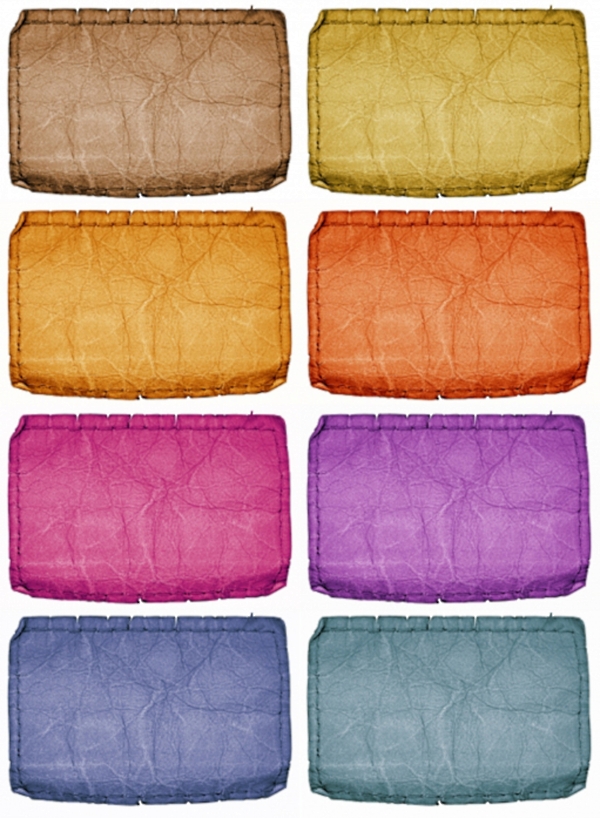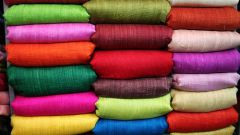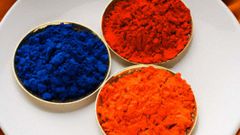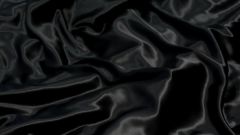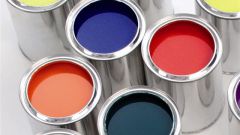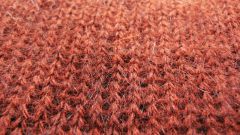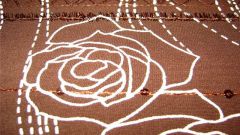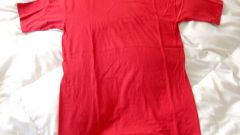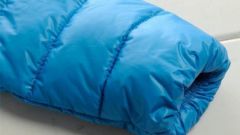Instruction
1
Before painting check the fabric composition. Respond well to dyeing with natural materials – cotton, viscose, silk, linen or those that are in large part composed of them. When purchasing dye, read the recommendations on the package, determine the suitability of the paint for staining your fabric.
2
Consider common rules of color mixing. Light fabrics are easier to repaint dramatically. Dark susceptible to staining more difficult. For example, if your thing is blue color, when painting with red paint you most likely will get a shade closer to purple.
3
Prep the thing for painting, Osteria all impurities in order to provide a uniform coloring without spots. You need to bleach the fabric using special tools. If you are going to use the so-called "tie-dye" technique of dyeing, twist the material as needed.
4
Prepare a special dish, which will dissolve the dye composition. It is better to take enamel container with no cracks, chips, or other defects. Following the instructions, dilute the dye. Carefully place it to the remaining lumps or clots of paint, to avoid uneven dyeing of the fabric.
5
Drop the thing in the dye solution so that above the water remained exposed areas of the fabric. The thing is to be fully immersed in the composition and to swim in it freely. If necessary, slightly imbedded her with a spoon, the spoon then rinse with plenty of water.
6
Place the container on the fire and leave it to boil for a period of time specified in the instructions. Usually it is a couple of hours. Periodically check the thing, as necessary "utaplivaja" it Crusader composition.
7
After the specified time remove the thing from the dye and let it cool. Thoroughly rinse the thing in cold water until until the water becomes clear and transparent. The excess dye solution can be washed out things with a few subsequent washings, but this happens with the factory stuff.
Useful advice
If you don't want to deal with repainting things in the home, give them to professionals in the Studio, or dry cleaner. In these organizations, usually at the Desk is always a booklet with a palette of available colors.
